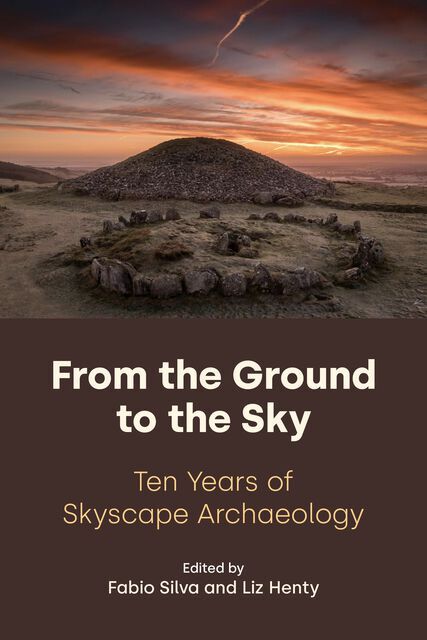Henty & Silva/From the Ground, 8.Crab Supernova Rock Art: A Comprehensive, Critical and Definitive Review

Full description
“Star” and crescent combinations in rock art in the American Southwest were first interpreted in 1955 as eyewitness depictions of the 1054 AD supernova explosion that produced the Crab nebula. While the Crab nebula is visible only telescopically, the event that generated it was brilliant, and for a time only the Sun and Moon were brighter. Additional Crab supernova candidates in California and Southwest rock art were suggested 20 years later, and they included Chaco Canyon’s Penasco Blanco pictograph panel, which became the poster child for Crab supernova rock art and is now called “Supernova” on signage at the site. By 1979, a list of 21 Crab supernova rock art sites was assembled, and the inventory has continued to expand more slowly since then. This critical review of the supernova interpretation of star/crescent rock art, the product of 35 years of fieldwork, required an independent re-examination of all of the primary sites in person. That enterprise has already demonstrated that the Tenabo, New Mexico, panel does not illustrate the Crab supernova and that the two Arizona sites on which the entire supernova rock art premise is based (White Mesa and “Navaho Canyon”) are unlikely records of the event. This detailed evaluation of the primary proposed star/crescent images indicates none is a satisfactory portrayal of the striking 1054 AD supernova.
- typeImage
- created on
- file formatjpg
- file size39 KB
- container titleFrom the Ground to the Sky:Ten Years of Skyscape Archaeology
- creatorE.C. Krupp
- isbn9781800505179
- original publisherJournal of Skyscape Archaeology
- publisherEquinox Publishing Ltd.
- publisher placeSheffield, United Kingdom
- rights holderEquinox Publishing Ltd.
We use cookies to analyze our traffic. Please decide if you are willing to accept cookies from our website. You can change this setting anytime in Privacy Settings.
